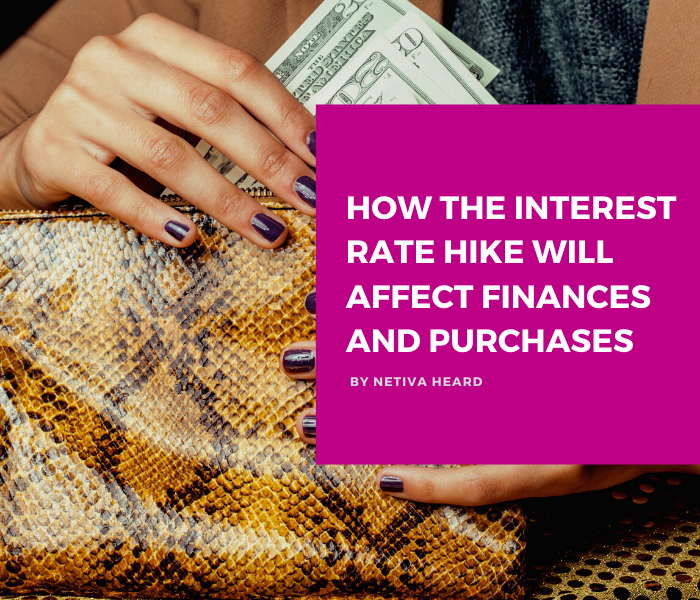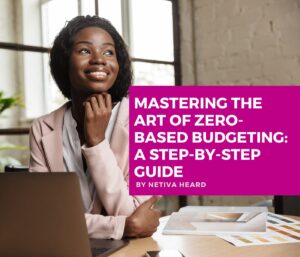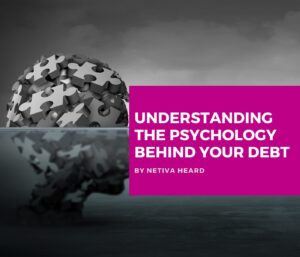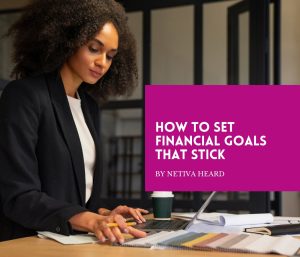Hold onto your dollars: borrowing costs are about to get higher. In December 2021, the Federal Reserve started aggressively tapering their bond purchases, which indicates an early step into higher interest rates for 2022. What does this mean for your personal finances and purchases that you may need to buy on credit?
Currently, interest rates are still at or near rock-bottom rates. But I predict that’s all about to change.
Why Will Loan Rates Increase?
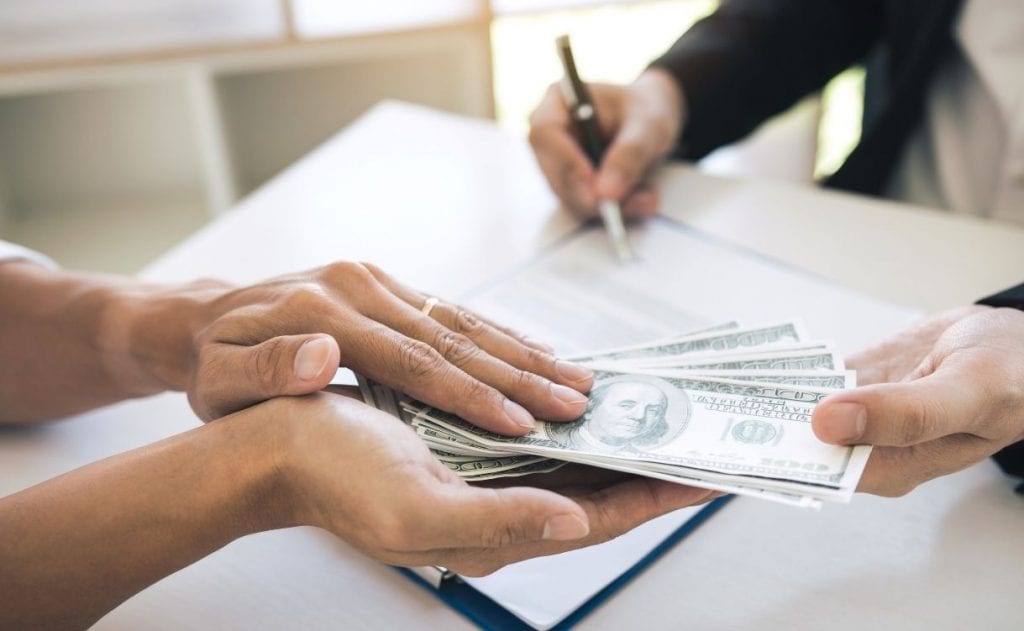
During the pandemic, the central bank kept interest rates low to encourage citizens to spend money. More consumers had access to loans because they could afford to repay them, and were therefore less likely to hoard cash.
We see this happen a lot when the economy hits a low point. Low interest rates encourage businesses to expand operations, hire more people, and reinvest in the economy. Eventually, this sets the machine in motion to bring up the economy as a whole, and then interest rates start climbing again.
Also during the pandemic, the central bank was heavily investing in bonds (long-term assets) to beef up funds. But bond rates and interest rates move inversely of each other. As interest rates fall (and in this case, remain low), bond prices rise, and vice versa. With the sudden reversal of these investments, an increase in interest rates is the most likely course to follow.
And in some cases, consumers are already seeing an impact.
When Will Borrowing Costs Increase?
For the most part of 2021, mortgage rates hovered around 3%, one of the lowest rates we’ve seen. However, the average rate for a 30-year fixed mortgage has already risen to about 3.24%, according to a CNBC report, with experts predicting they will hit 4% by the end of the year.
To put this into perspective, a $200,000 home would have cost $380,000 by the time the mortgage was paid off. That same home would now cost $394,400 with the current 3.24%, or $440,000 with the predicted 4% interest at the end of the year.
While 4% is still relatively low, at least from a historical perspective, it can put a bite in your financial plans if buying a home was on your radar in 2022.
And that’s just mortgages. Credit card rates are also likely to increase, with 16.13% being the current average rate. There have been no announcements about credit card rate hikes yet, but the rising interest rates on mortgages should have consumers at least cautious about the potential.
That’s because credit card rates are tied to the U.S. Prime Rate, which is directly influenced by the Federal Reserve’s interest rate. When the rate of federal funds changes, the U.S. prime rate is likely to change, too. Lenders can set their own APRs on new credit cards and don’t have to change the APR when a card’s base rate changes. But rates are still likely to rise alongside federal interest rates after having remained stagnant for more than a year.
What You Should Plan to Do Next

The bottom line for consumers is that when credit and loans come at a higher price, fewer people are likely to use them to refinance existing debts because it is more expensive to do so.
Refinancing is a powerful debt strategy because it ultimately lowers the amount you have to pay in the long term. If this was going to be in your debt payoff strategy for 2022, you may need to rethink how you will reduce your debt.
This also means that any large purchases that you need to finance, such as a home, car, home improvements, or major life events, are also going to be more expensive. This might make you rethink your budget on these items to see if you can still afford to make those purchases.
I want to stress that at the time of this writing, interest rates have not spiked yet. Now is still a good time to consider making big purchases so that you can lock in a lower interest rate than what you might get in the coming months.
Now is also a good time to start paying off your credit cards or other loans as much as possible before interest rates increase. If you are locked into a rate, then it’s smart to only pay the minimum on those bills so that you can allocate more to bills with fluctuating interest rates. Pay those off first, then start back paying more than the minimum on your other debts until they’re gone. You’ll end up paying less overall in the long run and avoid letting rising interest rates get the best of your paycheck.
For help getting your finances organized before interest rates rise, head to my free financial resource center.

